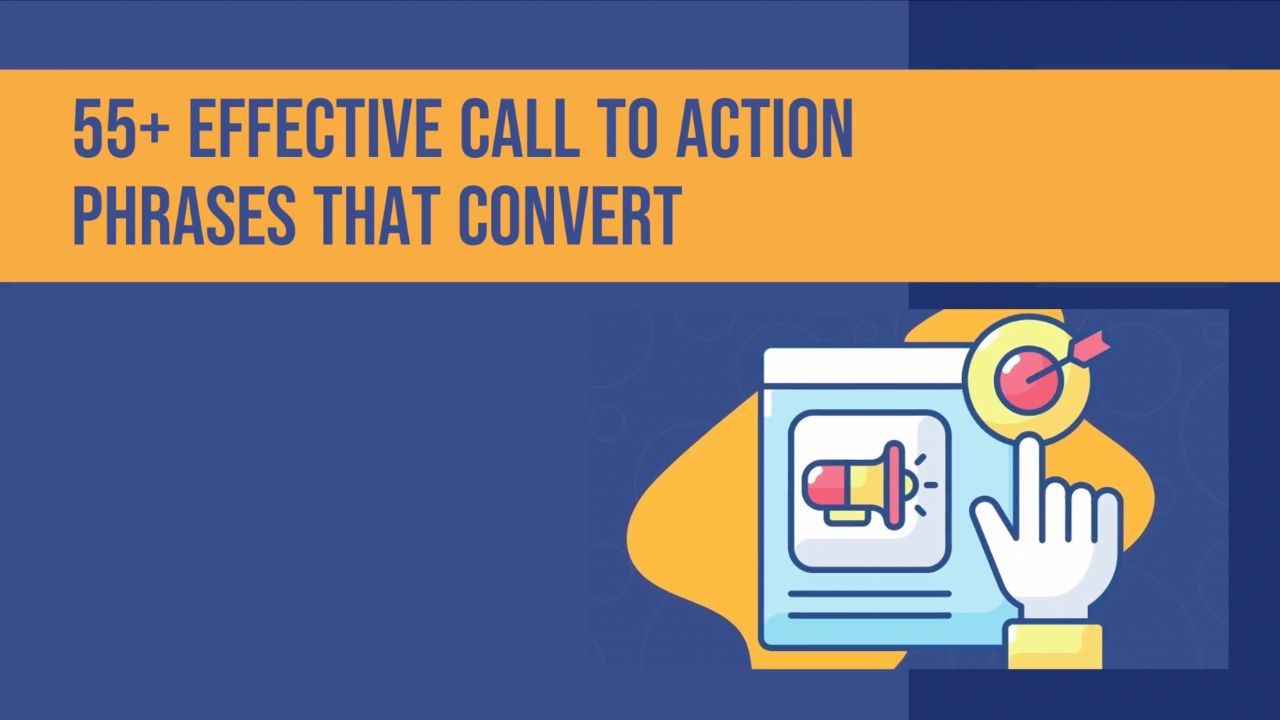Hashtags work a little differently across the main social media platforms.
This is a companion guide to our main post on how hashtags work, with important information specifically on how hashtags work on LinkedIn. As you'll see, there are some important differences between LinkedIn and other social platforms.
You can also find links to guides on how to use hashtags on other platforms below.
How to Use Hashtags on LinkedIn
Hashtags were introduced to LinkedIn relatively late, only arriving in 2018.
You can see suitable hashtags to use as you type them into a post.
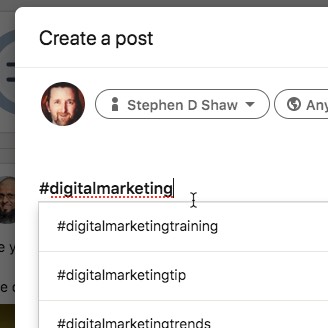
You can also find suitable hashtags to use via LinkedIn’s search facility—type the hash symbol ‘#’ followed by the first few letters of a keyword.
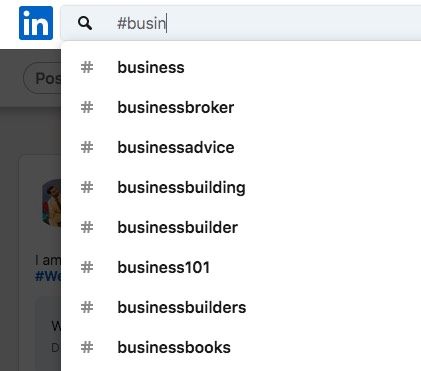
Similar to Instagram, after clicking on a hashtag, users can then follow that hashtag to see further related content in their feed.
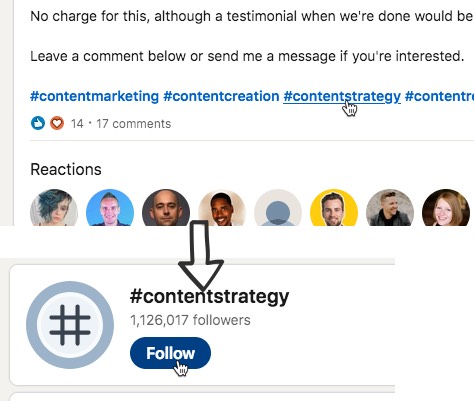
You can also click through on the hashtags you follow, which are shown on the left of your feed on desktop.

Clicking through to a hashtag page on LinkedIn also shows you the popularity of a hashtag in terms of its followers, and the level of exposure you could potentially attract.
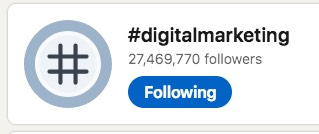
As you can see, the use of hashtags on LinkedIn can give your posts a lot more reach.
Optimal Number of Hashtags to Use
SproutSocial recommends using between 2 and 3 hashtags on LinkedIn, though it’s unclear what that’s based on.
What do LinkedIn influencers do in practice?
Gary V doesn’t seem to use any, but then he attracts huge reach anyway, so his example is perhaps not too relevant for the rest of us!
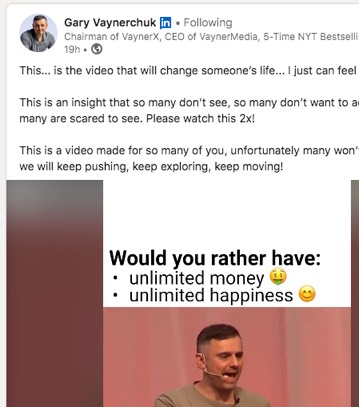
Neil Patel generally uses a few.
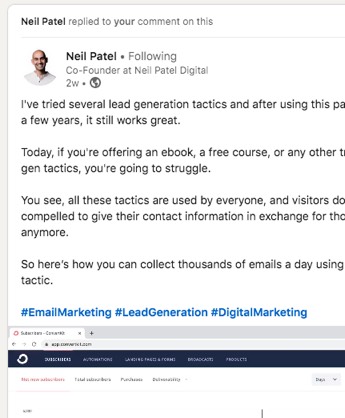
Christine Hueber uses them minimally, but often incorporated into the text she’s sharing.

Mark Schaefer approaches it in a similar way to Neil Patel.

So the best approach appears to be to use them minimally (it’s a very different environment and culture to Instagram)—but definitely use them!
Frequently Asked Questions
How were hashtags introduced to LinkedIn?
Hashtags were introduced to LinkedIn in 2018.
How can I find suitable hashtags on LinkedIn?
You can find suitable hashtags by typing the hash symbol '#' followed by a keyword in the search.
What is the optimal number of hashtags to use on LinkedIn?
The recommended number is between 2 and 3 hashtags on LinkedIn.
Finally…
Remember to consult back with our main post for information on how hashtags work in general:
And then see our separate guides for other social platforms too—as you'll find out, each one has distinct differences that are important to be aware of:


